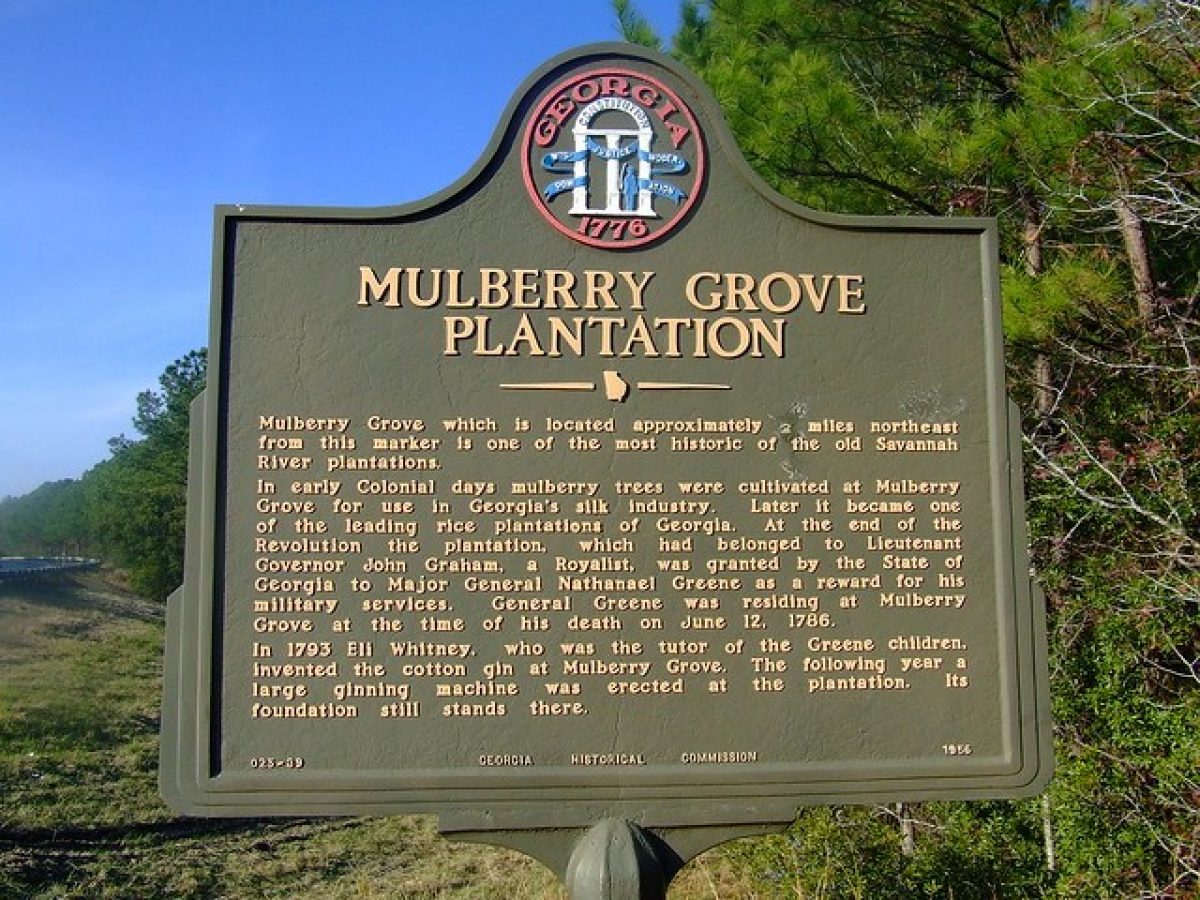Sometimes history takes a strange detour, and it happened to Mulberry Grove when it received a curious email from a genealogist in NY who was researching an ancestor, Stephen Ogden, who had fought in the Revolutionary War and indicated he had been kept a prisoner on Mulberry Grove Plantation by the British.
Could this be? The genealogist emailed a copy of Ogden’s formal request for his pension after the end of the war. And there it was in his own words….”I was sent under guard to a place called mulberry grove cituate (sic) on the savannah River & from that place I with another man named Faris made our escape after I having been a prisoner for two years.”
Marty Barnes, historian for the organization, began working with the genealogist and also with Hugh Golson, Savannah educator and historian, and with Marianne Cawley of the South Carolina Room of the Charleston Public Library.
At that time, Mulberry Grove was owned by John Graham, Lt. Governor of Georgia and member of the King’s Council. As the colonists’ troops neared, he fled to Savannah and then back to England. According to Golson, the British Army would then have been in charge of Mulberry Grove. In addition, the British Army had a huge encampment at nearly Ebenezer. Golson also explained that when Graham purchased Mulberry, he also bought the adjacent land that would, at a later date, become Oak Grove Plantation. He built his grand plantation home Mulberry grounds, but the history of Oak Grove indicates that when Graham purchased that land to be part of Mulberry, he constructed a series of out-buildings, which the British Army could then have used as prisons. In addition Graham was first a merchant before becoming a plantation owner and research indicates that the additional land that he purchased allowed him to construct a docking area for his ship, thus giving the British that dock to bring in prisoners.
Ogden mentions that he escaped with “Faris.” Ms Cawley identified Faris as Arthur Fairs, of the 6th SC Regiment. In the book “The Siege of Savannah” by Franklin Benjamin Hough, there is a description of a group of SC regiments who arrive at Ebenezer Bluff to eradicate the British camp at Ebenezer, but they are badly beaten and many are taken prisoners by the British and that is presumably where Ogden meets Faris as prisoners at Mulberry. They escape together and Faris gets them safely to a friendly regiment in Barnwell, SC.
How did Stephen Ogden get from New York to Savannah? He lived outside West Point and enlisted in 1776. He was sent to a camp outside West Point and after seven months was given two week’s leave to bring back additional clothing. While he was home, a contingent of British troops came though the town and captured him. He went first to a prison on Long Island and then was taken to a prison in Rhode Island. From there he was taken to Charleston and finally to Mulberry Grove.
And there is an ironic twist of history, as well. General Nathanael Greene, in charge of the Southern Campaign, was successful in causing General Cornwallis to surrender, thus ending England’s reign over the colonies. As a thank you from a grateful nation, he was gifted Mulberry Grove Plantation, a plantation where the British once held Americans fighting for freedom.
